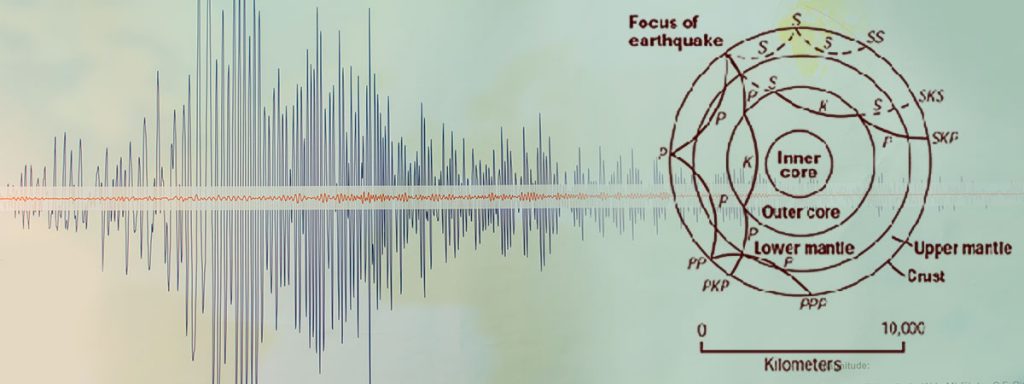
Earthquake
which distinguishes earthquakes
Seismology & Geophysics | Earthquakes
Earthquakes
Earthquakes are defined as measurable shocks of the terrestrial body. They are caused by mass displacements and usually occur as tectonic quakes as a result of displacements along fault lines in the lithosphere (rigid rocky shell), less commonly also as a result of volcanic activity, collapse or subsidence of underground cavities, large landslides and rockslides as well as demolitions. Earthquakes that occur under the seabed are also referred to as submarine or underwater earthquakes; they may differ from other earthquakes in their impact, but not in their origin.
Volcanically active regions
Earthquakes usually do not consist of a single shock, but occur as a sequence. In this context, we talk about foreshocks and aftershocks with reference to a stronger main shock. If earthquakes occur in clusters over an extended, limited period of time, they are referred to as earthquake swarms. Such swarms occur predominantly in volcanically active regions; in Germany, earthquake swarms occasionally occur in the Vogtland and at the Hochstaufen.
Ring of Fire
The vast majority of earthquakes recorded are too weak to be noticed by people. Strong earthquakes may destroy houses and buildings, cause tsunamis and landslides and claim lives. They may change the Earth’s surface and are considered natural disasters. The study of earthquakes is referred to as seismology. With one exception, all of the ten strongest earthquakes measured since 1900 occurred at the subduction zone around the Pacific Ocean, referred to as the Ring of Fire. (Source: Wikipedia)


